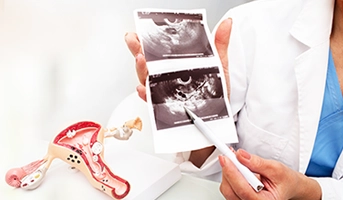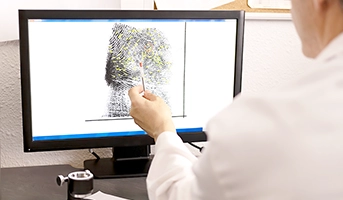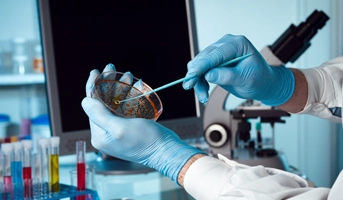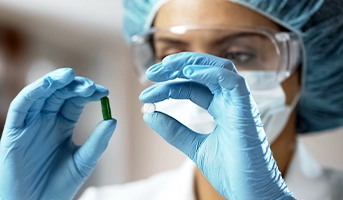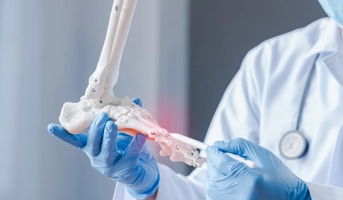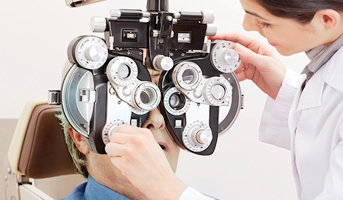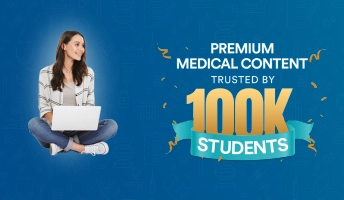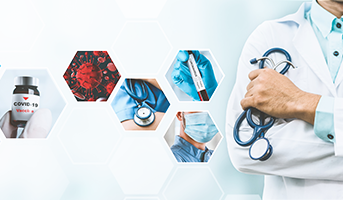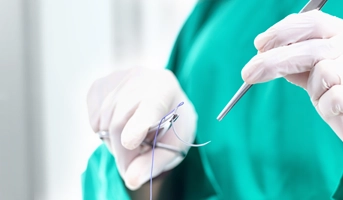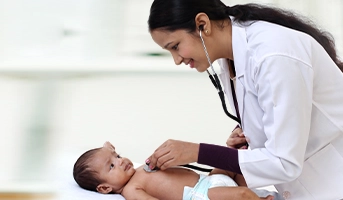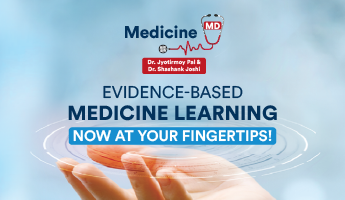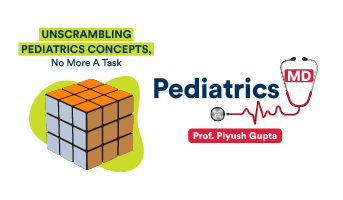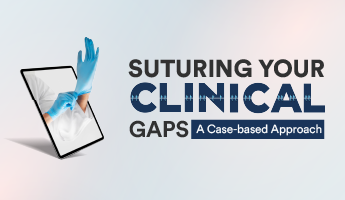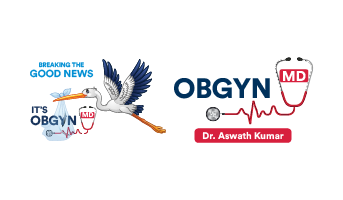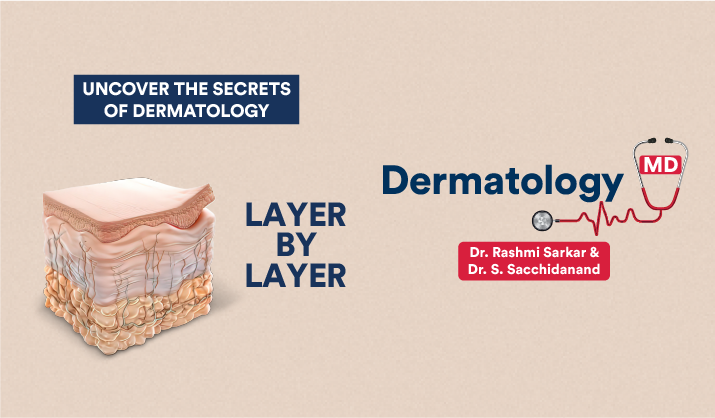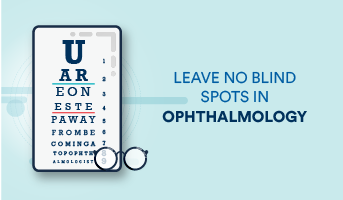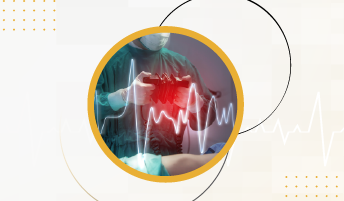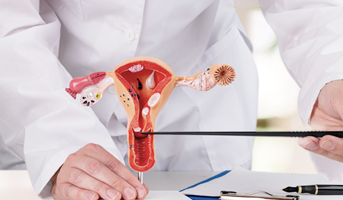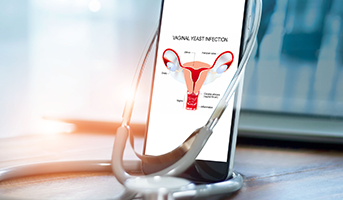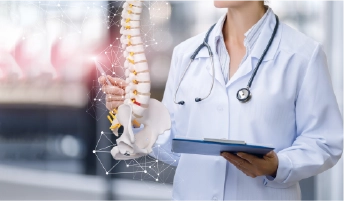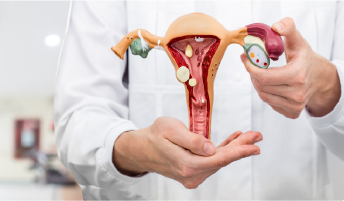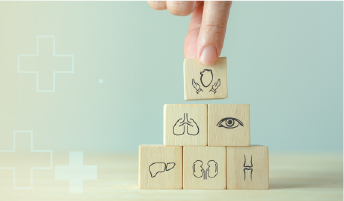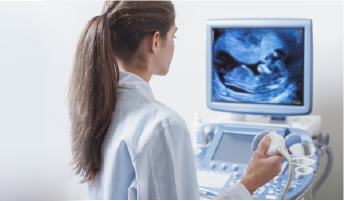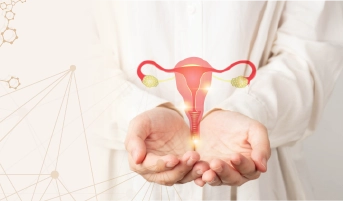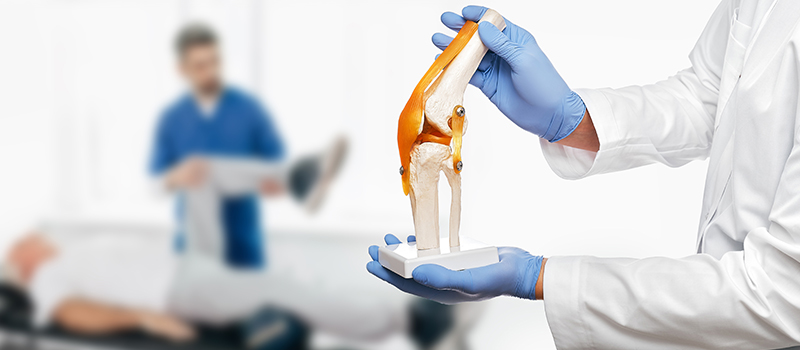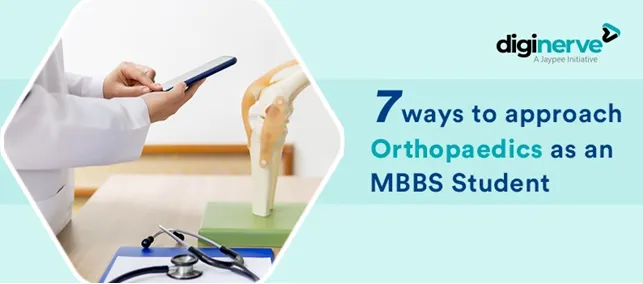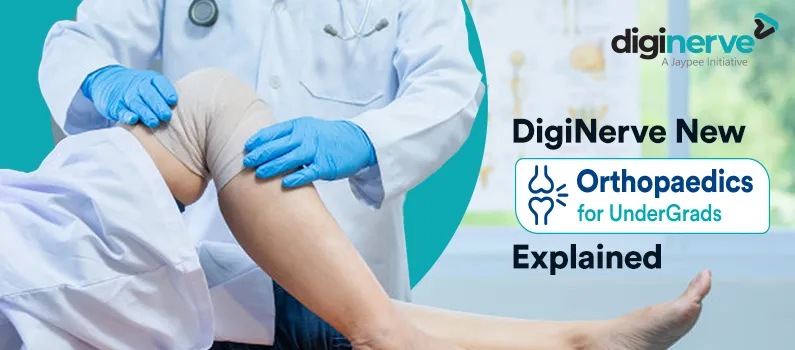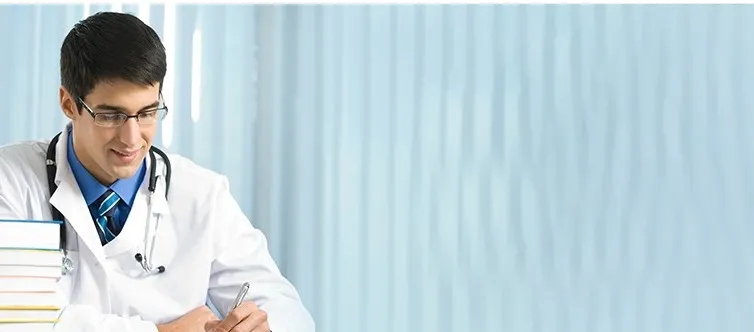

How to Study Orthopaedics for NEET PG
During the preparation of Orthopaedics for NEET Exam, you must have an idea of what all important topics need to be thoroughly prepared. Moreover, a strategical approach while preparing for NEET PG 2023 Exam can help you cover everything within the given timeframe.
Some of the main topics that you must cover before appearing for the NEET PG 2023 Exam:
| Topics | Sub-Topics |
| 01- Bone & Joint Infection | · Bone and joint infection- septic arthritis · Bone and joint infection- osteomyelitis · Bone and Joint Infection- Skeletal Tuberculosis |
| 02- Bone Tumors | · Diagnosis especially Benign Tumors · Management Malignant Tumors |
| 03- Neurological Disorders | · Cerebral palsy · Poliomyelitis · Peripheral Nerve Injury, Brachial Plexus Injury |
| 04- Imaging | · Periosteal Reaction |
| 05- Metabolic Disorder | · Osteomalacia · Osteoporosis · Osteopetrosis and Paget’s · Achondroplasia |
| 06- Traumatology | · Upper Limb: Dislocation- Shoulder and Elbow Fractures- Clavicle, Humerus, Supracondylar humerus, Lateral condyle humerus, Colles and Carpo metacarpal injuries.· Lower Limb: Dislocations- Hip and Knee Fractures- Hip, Femur shaft, Patella, Tibia and Calcaneum. |
| 07- Pediatrics Orthopedics | · Pediatrics Orthopedics · CTEV* · Genu Varum |
| 08- Avascular Necrosis and Osteochondritis | · Avascular Necrosis · Polio · Dupuytrens contracture |
| 09- Arthritis | · Osteoarthritis · R.A and Ankylosing spondylitis · Gout |
| 10- Implants | · Prosthesis, orthoses and splints · Orthopaedic implants |
| 11- Fracture of Spine, Pelvis and Lower Extremities | · Fracture of spine · Fracture pelvis · Fracture acetabulum · Fracture proximal femur · Fracture shaft femur · Fracture distal femur, patella and proximal tibia · Fracture Both Bone Leg, Calcaneum and Foot Bones · Fracture of ankle · Knee and ankle ligament injuries · Miscellaneous Sports Injuries and Rehabilitation |
Watch the video to learn Fracture Intercondylar, Supracondylar and Lateral Condyle of Humerus.
Few points to keep in mind before starting your NEET- PG Exam preparation:
- Be familiar with the entire syllabus: The NEET-PG syllabus is vast and you must have an idea about every topic, short or lengthy. It is important to know the topics that are highly mandatory to cover so that you can bring out the best. Make sure you cut down on the extra information and focus on the most-asked topics saving time for revision.
- Create a Realistic Timetable: While following a fixed timetable, stay focused on your goal and prepare everything accordingly. Following a well-structured timetable will help you organize your time according to the length and depth of a topic. One thing that you have to keep in mind is that you must strictly follow the timetable you have made.
- Prepare Notes while Learning: This is one of the best methods while you are preparing for your exams. Making notes not only helps you study and concentrate but even helps with your writing and revising. You don’t have to go through everything before your exam day, just pick up your well-structured notes, start revising and you are good to go.
- High-Quality Study Material: Selecting the right material for your exam is very important. You might get a lot of sample books, papers, and mock tests online but with the help of teachers or online experts, you’ll get the right guidance. Clinical examinations, procedure videos, X-rays, implants and instruments are the most important to focus on in Orthopaedics. Doing all these might help you improve your speed and accuracy.
Following these tips consistently, might help you do well in your NEET-PG Exam and score high.
The purpose of studying Orthopaedics by the latest curriculum
The treatment of the musculoskeletal system is the main emphasis of the medical specialty of orthopaedics. Along with bones and muscles, this system also consists of joints, ligaments, and tendons. The curriculum aims to provide students with a basic understanding of the musculoskeletal system. The competency-based programme places a strong emphasis on evaluating students’ aptitude for accurately examining and diagnosing musculoskeletal problems.
MBBS Students should keep the following points in mind before approaching Orthopaedics for NEET PG:
- Do thorough research:
It is crucial to investigate and analyse the right way to study Orthopaedics. MBBS is one of the hardest degrees to obtain, but it’s not impossible if you do your homework and focus on your field of interest. While studying Orthopaedics, pay close attention to the textbook and do refer to supplementary information with the help of online orthopaedics lectures or videos. In addition to that, the best Orthopaedics book for medical students is Maheshwari’s Orthopaedics book, which covers information most precisely. It will help you to gain a better understanding of what is asked in the NEET PG 2023 Exam and get exposed to maximum case scenarios to make informed decisions in the future.
- Guidance from experts
Look out for lectures by India’s top faculty. You can also refer to online orthopaedics courses that are designed and taught by experts who have years of experience in the medical field. Attend webinars or doubt-clearing sessions if you are curious to learn or have difficulty understanding some topics. Also, approach your college faculty for instant guidance. If you want to enjoy learning orthopaedics, then the best course to check out would be Orthopaedics for Undergrads by Dr. Vivek Pandey.
- Ensure the notes that you have are accurate and easily understandable:
Every course has a specific set of materials to ensure that you read everything to better understand it. Having well-organized notes can be quite helpful because it gets easier to review them before the exam. Going through notes also helps in brushing up on knowledge and self-assessment. Medical books are excellent and informative, but without access to properly organised notes, it will be difficult for students to remember difficult concepts.
- Devote Time Wisely:
Choose wisely whether you want to go for online Orthopaedics learning or offline learning. Most toppers prefer to complete the textbook first and find different ways for clarity online. This could be by youtube videos, online courses for medical students, or lectures by eminent faculty. As it is known that NEET PG/NExT Exam will cover clinical case scenarios, however, most textbooks only cover limited case scenarios. This is the reason why students prefer learning online for better exposure to case discussions.
- Evaluation:
The only way to accurately evaluate how much you know about the fundamentals of orthopaedics is through a series of tests. To keep your memory sharp and assess your knowledge, look for a course that combines solid content with outstanding and frequent assessments. This will ensure you are aware of the most frequently asked questions and exam-ready.
Learn the right way to approach Orthopaedics in MBBS
How is Orthopaedics as a Career?
An orthopaedic specialist is referred to as an orthopaedist. Orthopaedists treat a range of musculoskeletal conditions including sports injuries, joint discomfort, and back disorders, using both surgical and nonsurgical methods. An orthopaedist often works as part of a large orthopaedic treatment team. This team may consist of some medical assistants like nurse practitioners, athletic trainers, occupational therapists, and physician assistants.
Several musculoskeletal problems are treated by orthopaedic surgeons. These diseases could be inherited or developed due to trauma or aging-related wear and tear. The field of medicine known as Orthopaedics is dedicated to the treatment of the skeletal system and all of its connected components. These components consist of Joints, Bones, Tendons, Muscles, and Ligaments.
Being an orthopaedic surgeon requires the following requirements:
- Graduate as a licensed doctor or a Doctor of Osteopathy from a recognised medical school.
- Complete 5 years of training in an orthopaedic residency programme that has been awarded by the Certification Council for Graduate Medical Education.
- A medical degree and, if desired, board certification to stay current and keep your certification, you must complete ongoing training and tests.
Some of the most typical ailments that an orthopaedist may treat are listed below:
- Bone fractures
- Back ache
- Injury to the soft tissues (muscles, tendons, and ligaments)
- Joint pain from arthritis
- A stiff neck
- Congenital conditions, such as scoliosis and clubfoot
Following are a few orthopaedic subspecialties:
- Trauma Treatment
- Foot and Ankle
- Spine Surgery
- Musculoskeletal Oncology (tumor)
- Hand and Upper Extremity
- Pediatric Orthopaedics
- Joint replacement surgery
- Sport Medicine
Scope in Orthopaedics
For those with a degree in orthopaedics, Orthopaedic surgeons have a wide range of employment options available to them, and their path to professional advancement is relatively direct.
- Orthopaedic surgeons have extensive expertise in conditions that affect the musculoskeletal system, including illnesses and injuries. It includes the muscles, tendons, bones, nerves, and ligaments.
- They address injuries like broken hips, degenerative diseases like osteoporosis and arthritis, as well as congenital issues like scoliosis.
- They can enlist in the military, including the army or navy.
- According to personal preference, an orthopaedist can begin their career working for prestigious hospitals in either the public or private sector.
- Holders of an orthopaedic degree have a wide range of additional choices, including the possibility of opening their own clinic and offering medical services to clients.
- Alternatively, as an orthopaedic doctor, you could choose to teach at colleges and universities or work in research. Orthopaedists with a doctoral degree can find employment in reputable public hospitals like AIIMS and PGIMER, as well as private hospitals like Fortis, Apollo, and others.
- They are also eligible for employment in the rehabilitation facilities that sports and defence groups have set up.
Related Courses
Pathology for UnderGrads
Prof Harsh Mohan , Prof Ramadas Nayak , Dr Debasis...
Microbiology for UnderGrads
Dr Apurba S Sastry , Dr Sandhya Bhat , Dr Deepashr...


